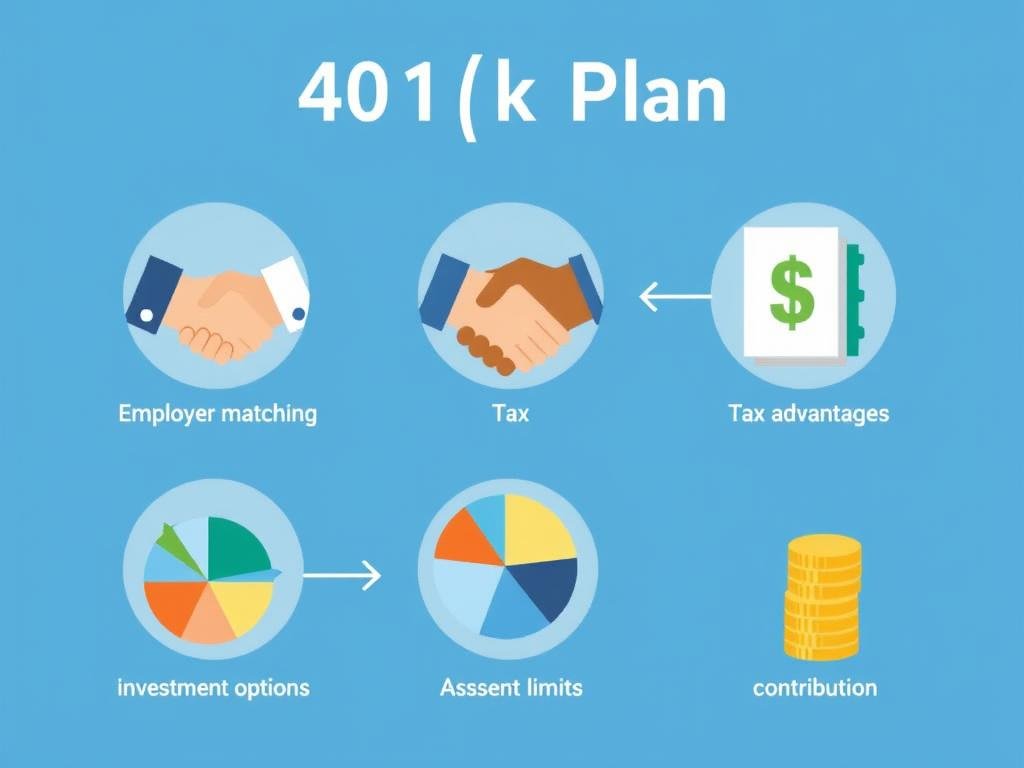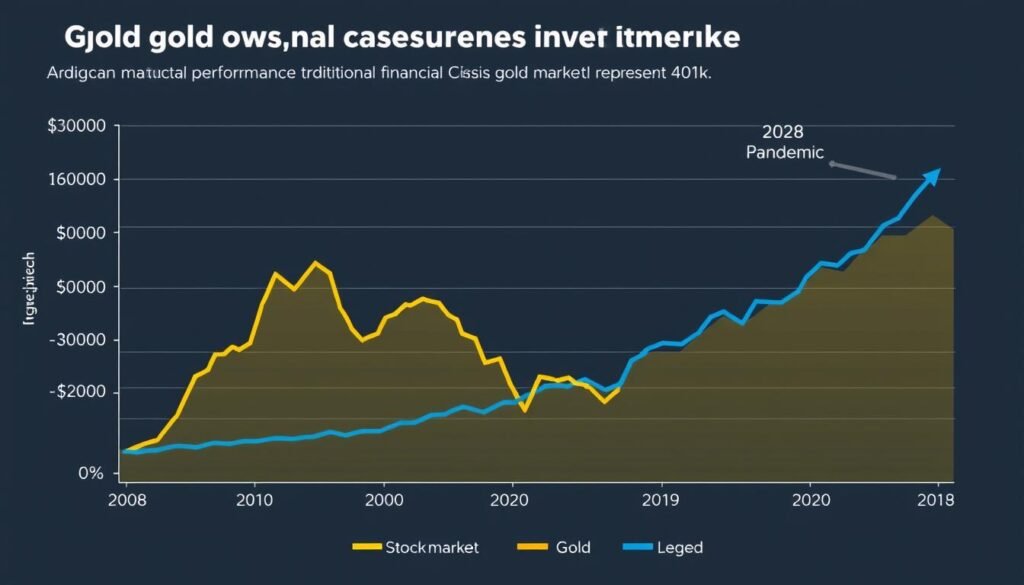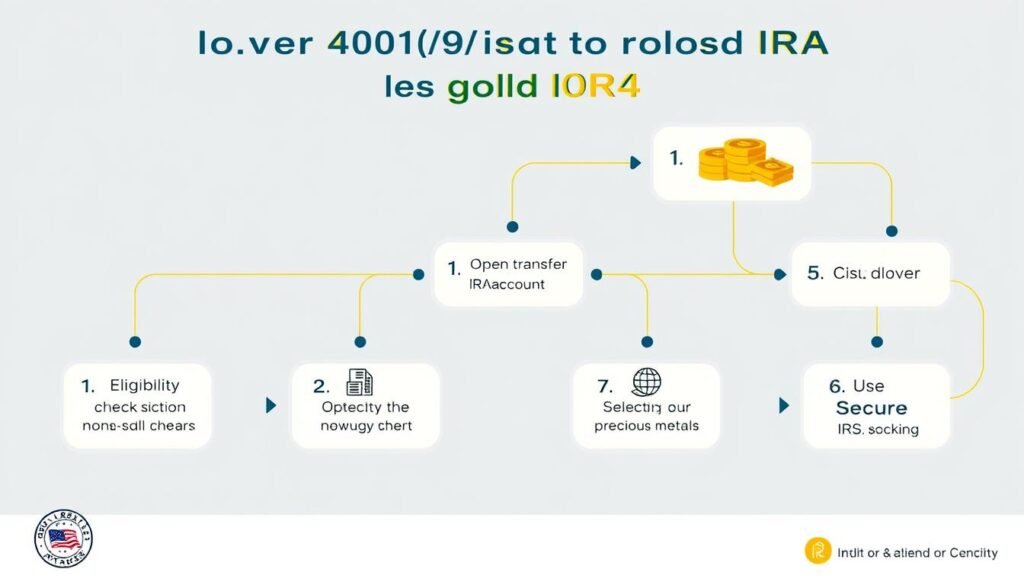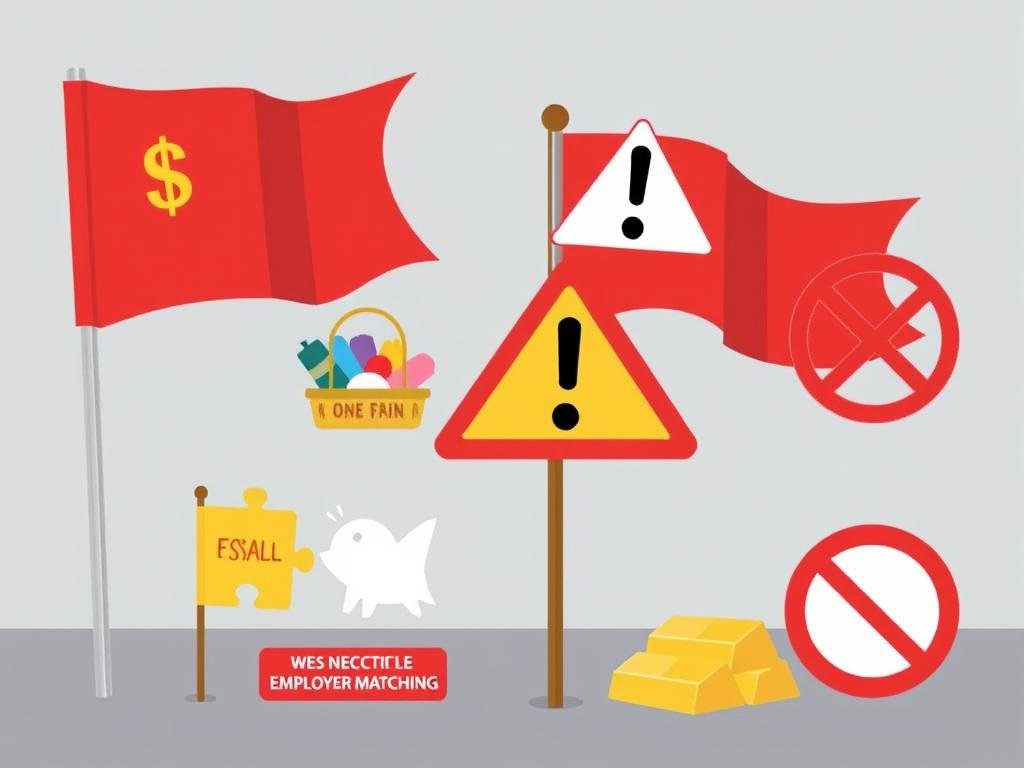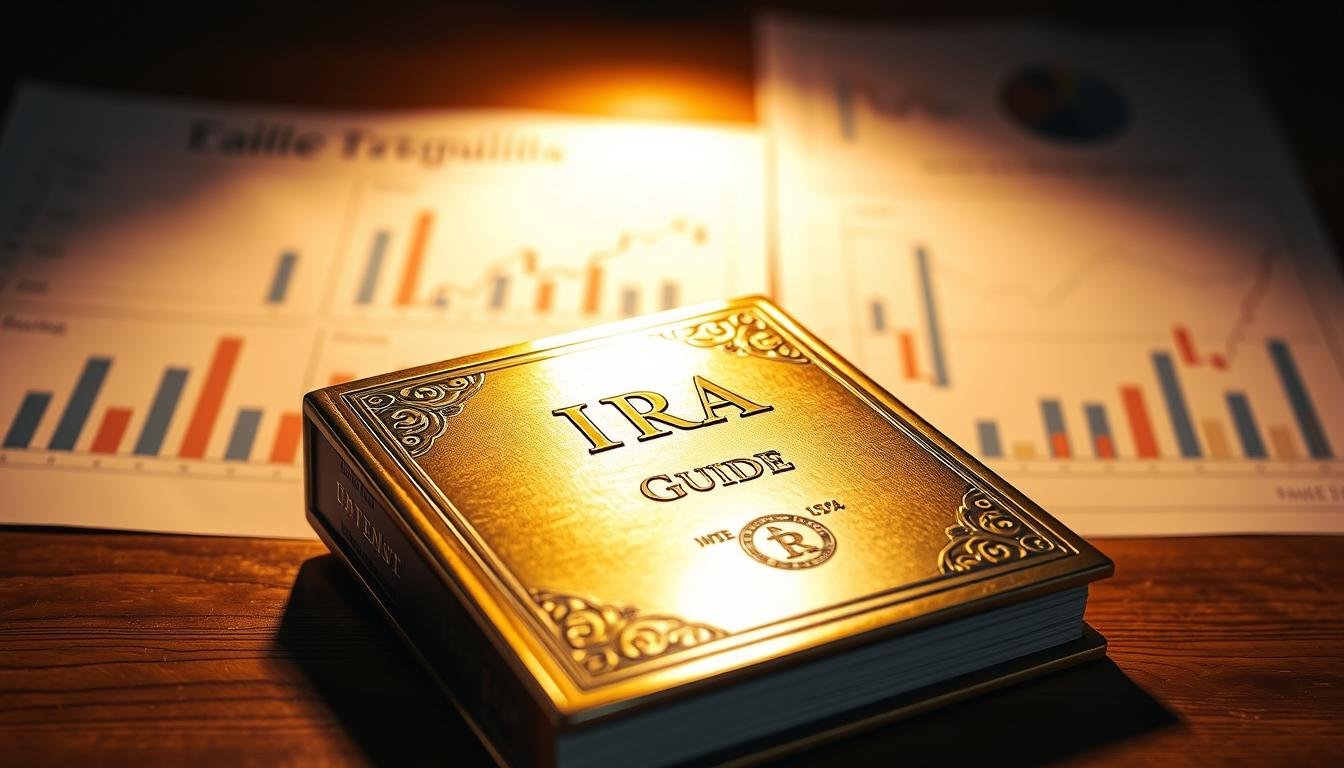Surprising fact: demand for precious metals climbed sharply after the 2007–2008 crisis, and prices later peaked above $2,000 an ounce in 2020—an unexpected swing that changed how many Americans view retirement safety.
This section sets the stage for a direct comparison. A metals account is a self-directed individual retirement account that holds IRS-approved physical items like bullion and requires storage at an approved depository. That contrasts with most paper-asset accounts that hold stocks and bonds.
Key differences include custody, fees, and liquidity. A metals account often has higher setup and storage costs and needs specialized custodians and dealers. Paper accounts usually offer easier trading and lower fees, but fewer hard-asset options for inflation hedging.
We will walk through rules, storage, costs, taxes, and who might favor each route based on risk tolerance, time horizon, and portfolio role.
Key Takeaways
- A metals-focused account holds physical bullion and needs an IRS-approved depository.
- Paper accounts typically offer lower fees and easier liquidity.
- Metals can diversify a retirement portfolio but often cost more to hold.
- Major brokerages rarely offer metals accounts; use specialized custodians.
- Consider goals, timeline, and risk tolerance when choosing between options.
Market jitters, inflation, and the case for precious metals in retirement
When markets wobble and inflation ticks up, many investors look to tangible assets for comfort. This reaction often drives demand for precious metals as a portfolio diversifier and perceived hedge.
Why some choose physical gold and silver
Physical gold and silver appeal because they are tangible, globally recognized, and not tied to a single issuer. During sharp paper-asset declines, some investors shift a portion of savings into coins or bars for reassurance.
Historical context and behavior versus stocks and bonds
Gold’s long record shows big swings: roughly $255/oz in 1999 to about $2,075/oz in 2020, with levels near $1,843/oz in March 2023. While prices can be volatile, gold cannot fall to zero the way a single stock can.
In crises, the metal sometimes drops first as traders sell for cash, then rebounds during easing or rising inflation fears. That pattern means metals can complement stock and bond holdings, but they carry their own risks and cost structure.
Central bank buying since 2008 has added a steady long-term demand theme. For retirement planning, consider metals as a partial hedge rather than a full replacement; later sections will detail rules, storage, and costs.
Gold IRA vs traditional: what each account actually holds
Different retirement accounts hold very different mixes of assets. That mix affects risk, liquidity, and how you rebalance.
Traditional IRAs: cash, funds, and market investments
Traditional iras generally hold cash, stocks, bonds, mutual funds, and ETFs through mainstream brokerages.
These investments trade quickly and are easy to value. Selling a mutual fund or stock is usually fast and simple.
Self-directed options that hold minted metals
Gold iras are self-directed accounts that permit IRS-approved physical metals. Allowed items include bullion coins and bars of gold, silver, platinum, and palladium that meet fineness rules.
Collectible or numismatic coins are typically excluded. The bullion must be titled to the ira and stored by a custodian in an approved depository.
| Feature | Traditional IRAs | Gold IRAs | Practical impact |
|---|---|---|---|
| Typical holdings | Cash, stocks, bonds, mutual funds, ETFs | IRS-approved bullion: gold, silver, platinum, palladium | Choice shapes liquidity and volatility |
| Custody | Brokerage holds securities | Custodian/depository holds physical metals | Metals require secure storage and titles |
| Allowed products | Paper securities and funds | Bullion coins and bars that meet fineness; no numismatics | Paper gold (ETFs, miners) differs from physical holdings |
| Liquidity | High — quick market trades | Lower — dealer network and shipping needed | Sales can take longer and involve markups |
Tip: If you want to learn how to buy physical gold in an account, see this guide on how to buy physical gold in my IRA.
Account types and tax basics: Traditional, Roth, and self-directed Gold IRAs
Choosing the right individual retirement account shapes how your savings grow and how taxes affect later withdrawals.
Traditional IRA tax-deferred growth and deductible contributions
Traditional iras usually accept pretax contributions for eligible earners. That allows tax-deferred growth, but distributions are taxed as ordinary income in retirement.
Required minimum distributions begin based on current law age thresholds, so plan timing if you hold illiquid assets.
Roth IRA after-tax contributions and tax-free qualified distributions
Roth accounts use after-tax contributions. Qualified withdrawals are tax-free and the original owner faces no RMDs, which can boost long-term tax flexibility.
Self-directed IRAs: broader assets, more responsibility and oversight
Self-directed iras open access to a wider range of holdings, including authorized physical metals. These accounts need an approved custodian and IRS-compliant storage.
- Gold IRA options: can be set up as a Roth or as a traditional account, so tax rules mirror the underlying account type.
- Contributions and eligibility depend on income, filing status, and workplace plan coverage.
- Tax treatment applies equally to paper securities and metals held inside the ira.
Bottom line: match the account to your long-term tax outlook and retirement income strategy before adding specialty assets.
Contribution rules, income limits, and funding options
Start with the core rules so funding proceeds cleanly and avoids taxable events. Contribution caps, eligibility phases, and the correct transfer path determine whether a move stays tax-free.
Annual limits and deductibility
Annual contributions follow IRS dollar limits for traditional and Roth accounts. Deductibility for pre-tax contributions depends on income and whether you have workplace plan coverage.
Roth eligibility phases out at higher incomes, so check current thresholds before allocating funds.
Transfers and rollovers
Fund a self-directed gold ira by contribution, direct transfer, or rollover. Direct custodian-to-custodian transfers avoid tax traps and are the cleanest option.
A 60-day rollover can work, but it risks taxes and a 10% early withdrawal penalty if mishandled. Always buy approved metals inside the account—never use personal funds for the purchase.
Typical funding timeline
- Open a self-directed account with a qualified custodian.
- Initiate a transfer or rollover from existing retirement accounts or a 401(k).
- Fund the account, select approved metals, and lock pricing through your custodian and dealer.
Note: contribution and eligibility rules apply the same way whether your ira holds paper securities or physical bullion. Coordinate rollovers with market execution to limit out-of-market time and consult a custodian for step-by-step guidance. For more on timing and distributions at retirement, see how a gold ira works when you.
IRS eligibility rules for metals: purity, products, and storage
Before adding coins or bars to a retirement account, confirm they meet IRS purity and custody rules. Precious metal coins and bullion must hit minimum fineness standards to qualify. Numismatic or collectible pieces are generally disallowed because their value reflects rarity, not metal content.
Common approved items include U.S. American Eagles (when they meet fineness), certain Canadian and European bullion coins, and investment-grade bars that meet IRS thresholds. Each product must show assay or hallmarks proving purity.
All metals must be held by the account trustee or custodian in an IRS-approved depository. Home safes and bank safe-deposit boxes are not allowed. Personal possession counts as a distribution and can trigger taxes and penalties.
Depositories may offer allocated or segregated storage. Allocated means specific bars or coins are assigned to your account; segregated adds an extra layer of separation and control. Your custodian handles purchase, insured shipping, and storage paperwork to keep the tax-advantaged status intact.
Beware of “home storage” pitches. Attempts to bypass a custodian or depository draw IRS scrutiny and risk prohibited transaction penalties. For more on potential downsides, see this review of the negatives of a gold IRA.
Costs and fees: comparing traditional IRAs and gold IRAs
Before you commit funds, map the ongoing costs that come with holding physical bullion in a retirement account.
Setup, custodian, and transaction fees
Specialty accounts often charge an initial setup fee plus annual custodian fees for administration. These custodian fees add to ongoing costs and are usually higher than what typical brokerage accounts charge.
Storage, insurance, and shipping for physical bullion
Approved depositories levy storage fees and may offer allocated or segregated options. Insurance premiums and insured shipping add extra lines on top of storage. Together, storage and insurance scale up as holdings grow.
Seller markups, spreads, and potential cash-out costs
Dealers add a seller’s markup to bullion purchases and maintain spreads between buy and sell prices. That spread affects breakeven timing and realized returns.
- Typical fee categories: seller markups, setup, custodian administration, storage, insurance, and shipping.
- Traditional accounts usually avoid storage and shipping costs, so total ongoing costs tend to be lower.
- Some providers advertise buyback programs at wholesale rates; closing an account can still lock in losses if prices lag.
Practical tip: compare fee schedules across custodians and dealers, ask for full disclosures, and model how recurring charges erode long-term returns. For a recent industry fee overview, see gold IRA fees guide.
Custodians, brokers, and depositories: who does what
Custodians, dealers, and depositories each handle a distinct step when you place precious metal into a retirement account.
Custodian: a bank, trust, or credit union approved to open and administer the self-directed account and to ensure assets are titled and stored properly.
Dealer: sources IRS-approved metal products, shows pricing, and fulfills orders at the investor’s direction.
Depository: provides secure allocated or segregated storage and insured custody of the physical holdings.
Finding a compliant custodian and transparent dealer
Look for licensing, insurance, clear reporting, and a track record with metals administration.
- Check third-party reviews (BBB, Trustpilot) and fee schedules.
- Confirm the custodian allows your preferred storage options and shows proof of depository relationships.
- Choose dealers with transparent pricing, buyback policies, and no hard-sell tactics.
Why major brokerages usually don’t handle gold IRAs
Large brokerages rarely offer these accounts because specialized custody, insured shipping, and depository workflows fall outside standard brokerage platforms.
Custodians often share vetted dealer lists but leave the final choice to investors. Always route purchases through the account to keep tax advantages intact, and document each step to simplify audits and align providers with your retirement goals.
Taxes, distributions, and RMDs: how withdrawals differ
How you take money from retirement accounts affects both cash flow and tax bills. Withdrawals from a pretax account are taxed as ordinary income, while qualified Roth distributions are tax-free.
Traditional versus Roth treatment at distribution
Traditional: Pretax contributions mean distributions are taxed as ordinary income. Withdrawals before 59½ may face a 10% early penalty plus tax.
Roth: After-tax contributions yield tax-free qualified withdrawals and no RMDs for the original owner.
RMD ages and timing
Required minimum distributions for most traditional accounts begin April 1 the year after turning 73 (rules vary by birth year). Failure to take full distributions can trigger heavy penalties.
Meeting RMDs when metals are illiquid
Options include selling part of holdings, taking an in-kind distribution, or drawing funds from other traditional iras to avoid forced sales. Remember: taking personal possession of metal counts as a distribution and triggers tax.
| Issue | Traditional | Roth | Practical note |
|---|---|---|---|
| Tax treatment | Ordinary income | Tax-free if qualified | Plan withdrawals to control tax brackets |
| RMDs | Yes, usually from age 73 | No for original owner | Roth offers timing flexibility |
| Early withdrawal penalty | 10% before 59½ plus tax | Possible penalty on earnings if not qualified | Check exceptions and rules |
Plan ahead for spreads, shipping, and settlement times. If you need more specific guidance on how distributions are taxed, see this guide to pay tax on a gold IRA.
Tip: Keep liquid balances in other accounts to meet RMDs without selling assets at a bad time and maximize long-term benefits.
Liquidity, volatility, and market risks to weigh
Practical liquidity matters. Selling mutual funds or ETFs usually takes a trade and a settlement. You get cash fast with clear price quotes.
Physical metals follow a longer path. You must coordinate with a dealer, accept a bid that includes a spread, and handle insured shipping and storage transfers. That process can add time and cost.

Selling physical metals versus selling funds
Mutual funds and ETFs trade on visible exchanges. Prices update continuously and execution is simple.
By contrast, liquidating tangible holdings often means accepting dealer markups or discounts, especially for large lots. Quick sales can push prices lower.
Volatility, inflation hedging, and portfolio effects
Metal prices can swing sharply in either direction. During liquidity squeezes they may fall before they rebound in easing or inflationary phases.
Key considerations:
- Execution: factor shipping, settlement, and dealer spreads when you plan cash needs.
- Sizing: keep positions small enough to avoid forced, discounted sales in a pinch.
- Diversification: blend paper funds and physical holdings so gains in one area can offset drawdowns in another.
- No perfect hedge: metals can help with inflation over time, but results vary across market cycles.
Bottom line: weigh market access, execution costs, and position size before allocating a meaningful share of your portfolio to physical holdings.
Performance context: when gold helps—and when it doesn’t
Asset classes often show different leadership during stress and recovery, and bullion is no exception.
Gold’s crisis pattern tends to follow a two-stage arc. In liquidity squeezes investors sell anything that can fetch cash, so prices may dip early on. Later, when central banks ease policy or inflation fears rise, gold often rallies — think post‑2008 moves from roughly $700 to nearly $1,923 during the long recovery.
Yield matters. Unlike stocks or bonds, gold does not pay dividends or interest. Total return depends solely on price changes. Over long bull markets, equities that compound dividends can outpace non‑yielding assets.
How to use precious metals in a portfolio
- Use metals as a stabilizer and inflation hedge, not the main growth engine.
- Measure performance across full cycles, not just headline peaks.
- Keep allocation modest so you have liquid assets for short-term needs.
| Context | Typical behavior | Investor action | Practical note |
|---|---|---|---|
| Liquidity crunch | Early sell-offs | Hold small allocation | Expect temporary weakness |
| Monetary easing | Price rebound | Consider rebalancing | Rallies can be strong |
| Long bull market | May lag equities | Favor equities for growth | Dividends boost returns |
| Behavioral benefit | Calming effect for holders | Use to stay invested | Psychology supports discipline |
Investor fit: who might prefer a Gold IRA vs. a traditional IRA
Not every investor benefits from holding physical bullion inside a retirement wrapper; fit depends on goals, tolerance, and time horizon.
Risk tolerance and time horizon
Profile: investors seeking diversification, inflation hedging, or tangible asset exposure often consider these accounts.
Longer horizons help absorb price swings and higher fees. Shorter horizons need more liquidity and may favor paper holdings.
Allocation ranges and position sizing
Many advisors suggest modest allocations. Common ranges run from low single digits up to about 10–15% of a portfolio.
Smaller positions limit the impact of spreads, storage fees, and forced sales during market stress.
Balancing with paper assets
Mixing assets smooths returns over cycles. Keep liquid accounts for near-term needs and use tangible holdings as a complement.
Rebalance periodically to maintain target exposures and avoid concentration risk.
| Investor trait | Likely preference | Practical note |
|---|---|---|
| Seeks inflation hedge | Consider precious metals allocation | Use modest sizing (5–15%) and accept fees |
| Needs liquidity | Favor paper funds | Avoid large physical holdings near retirement |
| Values tangible ownership | May prefer physical holdings in gold iras | Expect custodial and storage complexity |
Bottom line: match allocations to personal retirement goals and the rest of your financial plan. Periodic rebalancing and keeping some liquid assets make these options practical for most investors.
Set-up, rollover steps, and common pitfalls to avoid
Setups that follow IRS rules hinge on the right custodian, proper storage, and careful transfer steps.
Opening a self-directed account and picking providers
Select a licensed custodian that specializes in self-directed accounts and metals custody.
Compare fees, insurance, licensing, and responsiveness before you commit.
Executing a compliant rollover without triggering taxes
Use direct custodian-to-custodian transfers to move funds. That path avoids taxable events and penalties.
Always place purchase orders through the account—do not buy coins personally and try to contribute them later.
Checkbook structures and collectibles: proceed with caution
LLC “checkbook” options are complex and face IRS scrutiny. Consult expert counsel before using that route.
Collectibles are generally prohibited; verify product eligibility with your custodian before ordering.
“Personal possession of account metals is treated as a distribution and can trigger immediate taxation and penalties.”

| Step | Action | Why it matters |
|---|---|---|
| Choose custodian | Pick licensed, insured provider | Ensures compliant title and storage |
| Fund account | Direct transfer/rollover | Avoids taxable distributions |
| Select dealer | Use reputable source for approved metals | Limits product and pricing risk |
| Arrange storage | IRS‑approved depository only | Home storage disqualifies tax status |
Documentation tip: Keep copies of transfers, invoices, and storage receipts for audit preparedness.
Conclusion
Practical considerations — custody, ongoing charges, and distribution rules — should drive any decision to add bullion to a retirement account.
Self-directed accounts that hold physical metal offer diversification and a perceived inflation hedge, but they bring higher setup and storage fees, reduced liquidity, and extra administration compared with regular retirement accounts.
Follow IRS rules: only approved products and depository storage keep tax advantages. Tax treatment mirrors the account type, so plan for RMDs or tax-free withdrawals if you use a Roth structure.
Keep allocations modest, pick transparent, compliant custodians and dealers, and model costs before you invest. Assess goals, time horizon, and tolerance, compare providers, and consider professional advice before a rollover or purchase.
Bottom line: physical holdings can play a role in retirement planning, but careful sizing, provider due diligence, and cost awareness determine whether they add net value.
FAQ
What is the main difference between a Roth and a traditional IRA when adding physical precious metals?
The key difference is tax treatment. With a Roth, you contribute after-tax dollars and qualified withdrawals are tax-free. With a traditional account, contributions may be tax-deductible and withdrawals are taxed as ordinary income. That affects when you pay taxes on any gains from bullion or coins held inside the account.
Why do investors consider physical metals during market uncertainty and inflation?
Many investors view tangible metals as a hedge against inflation and currency weakness. During severe market stress, coins and bullion often retain purchasing power better than some paper assets, which can reduce portfolio volatility and provide balance when stocks or bonds fall sharply.
What kinds of assets does a traditional IRA typically hold?
Traditional accounts commonly hold cash, stocks, bonds, mutual funds, and exchange-traded funds. These liquid, regulated securities are easy to trade and value daily, which simplifies recordkeeping and distributions.
What does a self-directed precious metals account allow that standard IRAs do not?
A self-directed account expands the range of permitted investments to include IRS-approved physical metals, certain real estate, and other alternative assets. It also places more responsibility on the investor for due diligence, custodian selection, and compliance with IRS rules.
Are there annual contribution limits and income rules I should know about?
Yes. Contribution caps and income-based eligibility follow the same IRS limits for Roth and traditional accounts. You can also fund a metals account via transfers or rollovers from workplace plans and existing IRAs, which helps move assets without immediate tax consequences when done properly.
Which coins and bullion meet IRS standards for retirement accounts?
The IRS requires specific fineness and approved products. Acceptable items typically include certain American, Canadian, and other government-minted coins and bullion bars that meet minimum purity standards. Work with a knowledgeable custodian or dealer to confirm eligibility before buying.
Can I store metals at home or in a bank safe-deposit box for my retirement account?
No. The IRS mandates that physical metals held in a retirement account be stored with an approved, insured depository or trustee. Home storage and personal safe-deposit boxes are not allowed for assets owned by the retirement account.
What fees should I expect with a metals-backed retirement account compared to traditional accounts?
Metals accounts typically include setup and custodian fees, storage and insurance charges, and transaction markups or dealer spreads. Traditional accounts often have lower custody and transaction costs for paper securities, though mutual fund expense ratios and trading commissions still apply.
Who handles custody, trading, and storage for physical metals in a retirement account?
A compliant custodian administers the account, a reputable dealer sources approved coins or bars, and an insured depository stores the metal. Large brokerages often don’t offer this full stack, so choose providers with clear fee schedules and verifiable credentials.
How are distributions taxed for metals held in Roth versus traditional accounts?
Distributions from a traditional account are taxed as ordinary income when withdrawn. Qualified distributions from a Roth are tax-free. Required minimum distributions generally apply to traditional accounts, which can complicate taking an in-kind distribution of physical metal.
What happens if required minimum distributions are due but the account holds illiquid bullion?
If you face an RMD while holdings are physical and not easily sold, you can sell enough metal through the custodian to meet the distribution or use funds from other accounts. Plan ahead to avoid forced sales or tax penalties.
How does liquidity differ between selling bullion and selling mutual funds or ETFs?
Selling mutual funds and ETFs is typically instantaneous and involves smaller transaction costs. Selling physical metal requires finding a buyer or working with a dealer, factoring in markups, shipping, and settlement time, which can reduce immediacy and net proceeds.
When does holding non-yielding metals help a portfolio, and when might it hurt performance?
Metals tend to help during inflationary spikes or severe market turmoil as a store of value. Over long bull markets in equities, however, non-yielding assets may underperform dividend-paying stocks and bonds, so proper allocation and rebalancing matter.
Who is a good candidate for adding precious metals to a retirement account?
Investors with moderate to low tolerance for equity volatility, a long time horizon, or a desire for diversification may benefit from a measured allocation to approved metals. Younger investors relying on growth may prefer higher equity exposure instead.
What are the basic steps and common pitfalls when setting up a self-directed metals account or doing a rollover?
Steps include choosing a qualified custodian, confirming IRS-approved metals, initiating a trustee-to-trustee rollover or transfer, and directing purchases through approved dealers. Common mistakes are using noncompliant products, attempting home storage, or triggering a taxable distribution by mishandling the rollover.
How do seller markups and spreads affect the cost of buying and later cashing out bullion in a retirement account?
Dealers typically charge a premium over spot price when you buy and buy back at a discount, creating a spread. Add custodian fees, storage, and insurance, and your break-even period lengthens. Compare dealer pricing and factor total costs into your investment horizon.
Are there insurance protections for metals held in approved depositories?
Reputable depositories provide insurance and audited inventory controls. Verify the depository’s policy limits and whether the custodian includes coverage in its fees. Adequate insured storage is critical to protect retirement assets from loss or theft.











